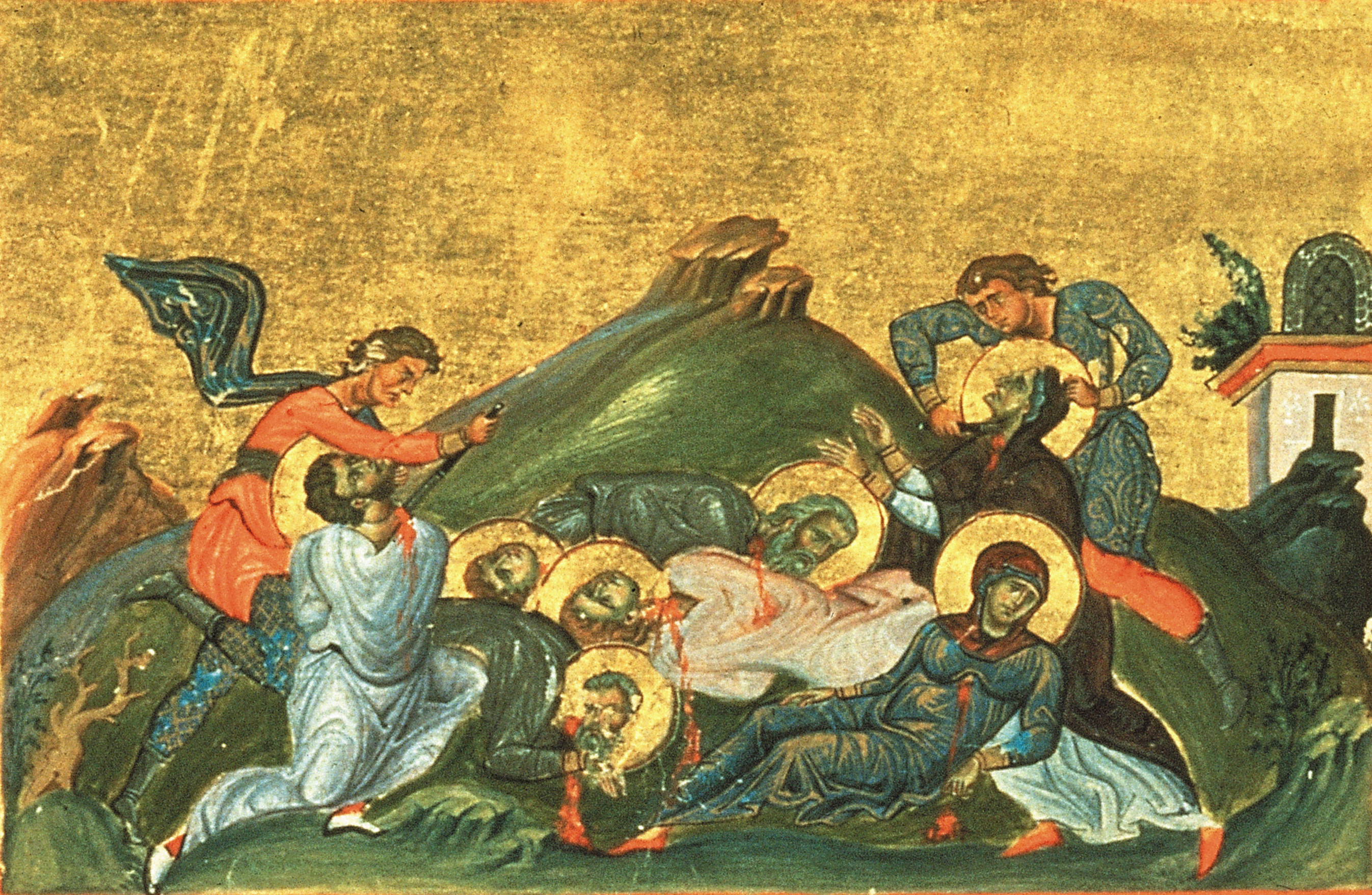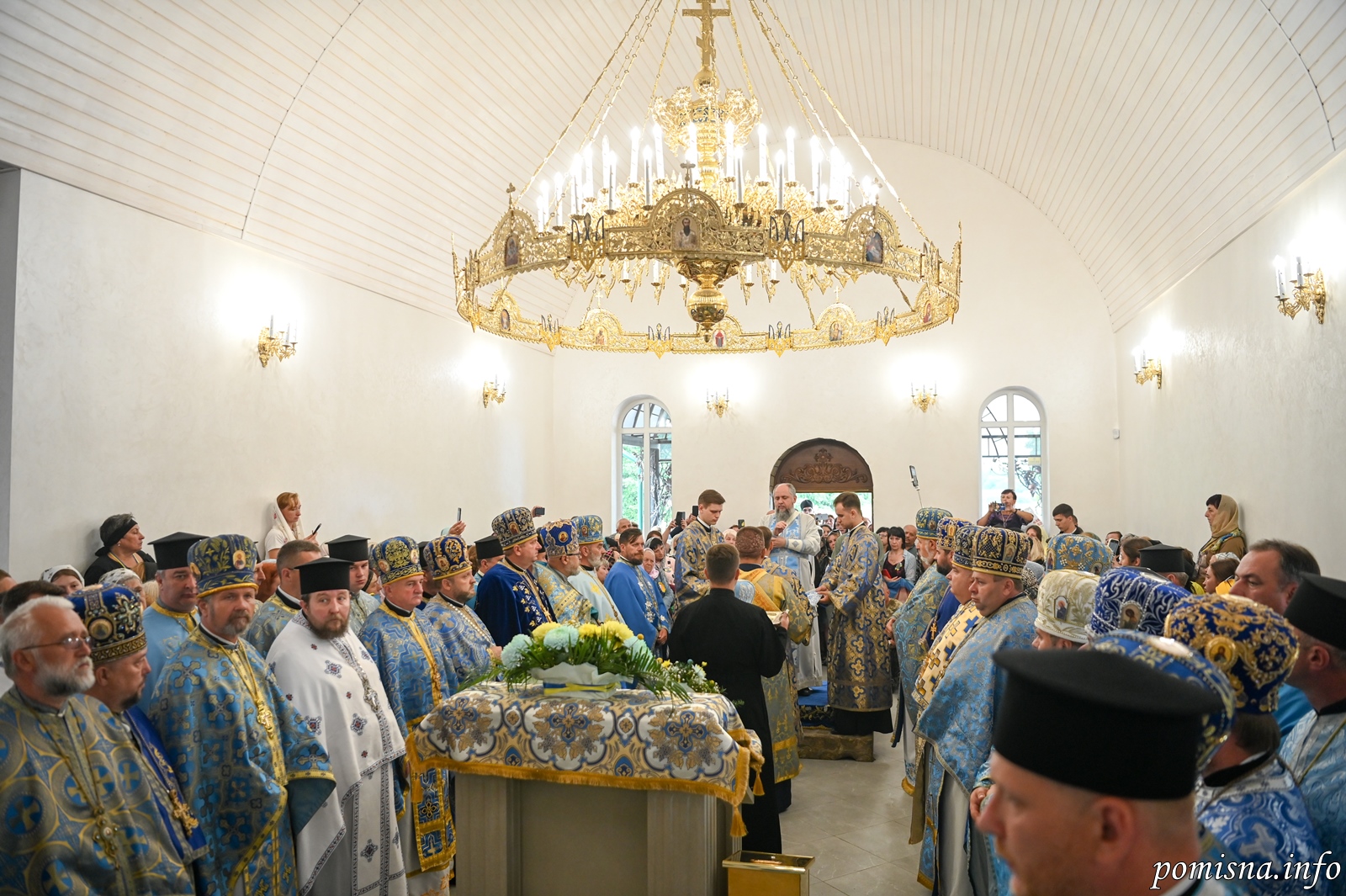Martyrs Perpetua, a woman of Carthage, and the Catechumens: Saturus, Revocatus, Saturninus, Secundulus and Felicitas (1 February)


The Holy Martyrs Perpetua, Felicitas and those with them. Vibia Perpetua was from a patrician family, and lived in Carthage. She came to believe in Christ, and was baptized after her arrest as a Christian. A few days later, the twenty-two-year-old woman was taken to prison with her infant son. Arrested with her were her brother Saturus, the servants Felicitas, Revocatus, Saturninus and Secundulus, who were also catechumens.
Despite the exhortations of her father, who persistently appealed to her maternal feelings, the widowed Saint Perpetua refused to offer sacrifice to the pagan gods.
Before their execution, Saints Perpetua and Saturus had visions from God, which strengthened their souls. Saint Felicitas, who was eight months pregnant, gave birth to a baby girl while in prison. She rejoiced because now she would be permitted to die with her companions. There was a law forbidding the execution of pregnant women.
The martyrs were led from the prison into the amphitheatre. Saturninus and Revocatus had to face a leopard and a bear. Saints Perpetua and Felicitas were brought to the arena in nets, and they were pitted against a wild heifer. After being tossed to the ground by the heifer, the two women were led out of the arena. Saturus was bitten by a leopard, but did not die. The martyrs were then led to a certain spot to be killed by the sword. The young gladiator who was to execute Saint Perpetua was inexperienced and did not kill her with the first blow. She herself took his hand and guided it to her throat, and so she received the crown of martyrdom. This occurred in about the year 203.
The amphitheatre where these saints perished is located a few miles from the city of Tunis. In 1881, a room was discovered opposite the modern entrance into the arena. Some say this was a cell where the victims waited to be brought into the arena.
As Christians, they were all cast into prison during the reign of Emperor Septimus Severus. St. Perpetua, who was of noble birth, encouraged all the other prisoners not to be afraid to suffer for Christ. In a dream, Perpetua saw a ladder–imbedded with sharp knives, swords, spears, fishhooks, nails and other death-bearing instruments–extending from heaven to earth. At the bottom of the ladder there lay a loathsome serpent. She saw how Satyrus run up first to the top of the ladder without injury, and then cry out to her: “Perpetua, I am waiting for you. Come, but be careful of the serpent!” Encouraged by this, Perpetua stood on the head of the serpent as on the first rung of the ladder and, step by step, quickly raced to the top. When she reached the top, Perpetua entered heaven, saw the most beautiful mansions of heaven and rejoiced greatly. When she related her dream, all the prisoners interpreted it to mean that imminent death faced them, the first of them being Satyrus. This shortly came true. Satyrus was slain first, then Perpetua, and then all the others one by one. As lambs slain for Christ the Lamb of God, they received from Christ an eternal reward in the Kingdom of Light. They all suffered for Christ between the years 202 and 203 A.D.
Source: oca.org / westserbdio.org




